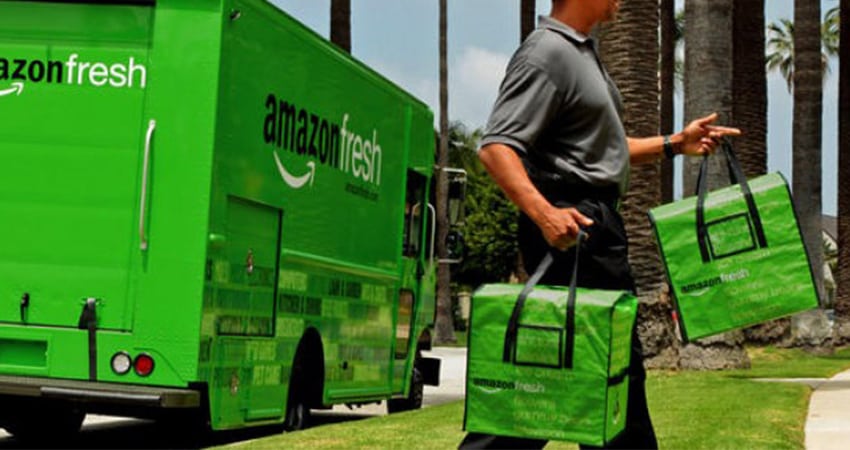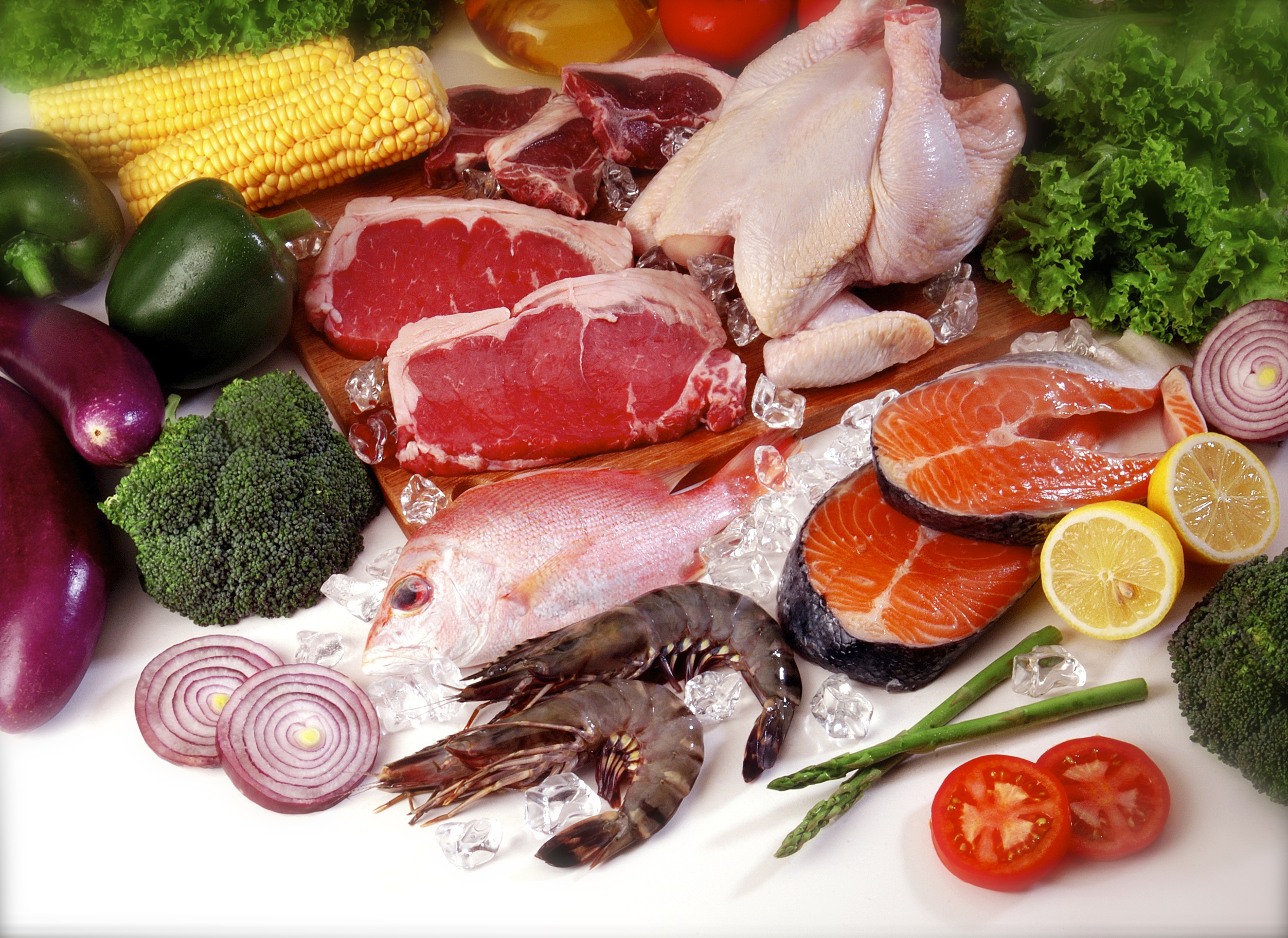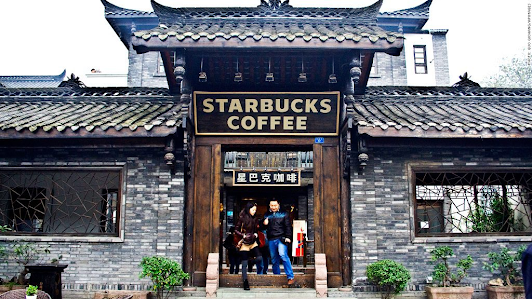There are over 34,000 Starbucks in 80 countries. But what would happen if Starbucks opened a store in the world's largest tea-producing country? Well, they did that in 1999.
China
They now have about 6,000 stores in 230 cities in Mainland China. It's their second-largest market behind the U.S. They expand quickly, with a store opening every 9 hours. Starbucks wants 9,000 China outlets in 2025. They have been successful almost from day one. Not a lot of companies outside of China can do that. The question is, how did Starbucks succeed in a country known for its love of tea?
Shop On Amazon
(As an Amazon Associate and eBay Affiliate, I earn from qualifying purchases.)
Recipe For Success (Business Strategy)
It was January 1999 when Starbucks opened its first store at the China World Trade Center in Beijing. Howard Schultz wanted Starbucks in China. But everyone around him was like, "Your crazy. That's a terrible idea. It's a tea-drinking culture. Nobody drinks coffee in China." But the company did not focus on coffee. They (brilliantly) assimilated and adapted to the Chinese tea house culture, which has been around for thousands of years. They added a wide variety of tea drinks, including Chinese tea. They signed a licensing agreement with Beijing Mei Da Coffee Co. that supplies wholesale coffee beans to hotels and restaurants. That was a microcosm of the company's strategy for the next few years. They operated through licensed and joint venture partnerships and company-owned stores. Part of their strategy was building rapport and relationships with Communist Party Officials.
They built the first Starbucks Reserve in 2014 and debuted the format in China. It is a premium Starbucks store with an elevated coffee experience. They showcase rare and unique coffee from around the world. It's a more immersive and sophisticated coffee environment than the Starbucks we know and love.
Buy Me Coffee
Expansion
They expanded rapidly. By their 20th anniversary in China, they opened a new store every 15 hours. They bought out their joint venture partner in 2017 for $1.3 billion. All Starbucks in China is 100% company-operated, compared to only 59% in North America.
The company debuted the Starbucks Reserve Roastery in 2017, the first fully-immersive coffee experience in Asia. It is 30,000 square feet; it's immersive and awe-inspiring. They showcase the art and science of coffee roasting. You will witness the entire coffee journey, from sourcing, roasting, brewing, and tasting. In 2019 they partnered with Nestle to bring Starbucks at-home options for the Chinese. The 6,000 China Starbucks stores account for 15% of the company's net revenue.
More Recipes (More Business Strategy)
Starbucks assimilated with the Chinese tea culture, developed relationships with the government, collaborated with local businesses, and established a domestic supply chain. But to deepen their commitment and relationship with China, they plan to train more than 50,000 farmers by 2023, a pathway out of poverty. Adapting local tech and having their building in the country is another part of their growth strategy. They also have a successful loyalty program in China. 90% of the 7 million loyalty members actively engage on the app. China leads the Starbucks portfolio in digital payments with 80% cashless payments. In the U.S., they have 1,700 reward members per location compared to 3,300 reward members per location in China.
Starbucks also partnered with Alibaba for tech, like in-store face recognition and a 15-minute delivery. And what they were doing in China, they successfully imported that to other international locations. Starbucks systems that Started in China include delivery, the loyalty program, tech, local products, and integration of online off-line offerings. They also localized the food in Starbucks. And in China, not only did they localize for China, they localized regionally. For instance, they have Beijing, Shanghai, and Shandong specialties per store.
Buy Me Coffee
They targeted the countries rising upper middle class and westernized young population. They placed the stores in business districts, urban centers, and tourist attractions. There are many stores near offices and university districts.
Starbucks has been facing criticism with their high prices in China despite having a lower GDP per capita compared to U.S. (U.S. $69, 287 / China $12, 556). Some argued that prices should be lower. At that time, China was considered a developing country. A $4 cup of coffee was on the higher end. But Starbucks made their prices similar around the world. Walking around the street with a Starbucks Cup was a status symbol. It's like carrying an Louis Vuitton or Balenciaga bag.
Starbucks and China's Culture
They adapted to China's culture by focusing on their values. Family, community, and status was a priority. Since 2012, they hosted an annual Partner Family Forum. They call employees as Partners. Partners and their parents learn together about the company and their future in China. In 2017, they launched the Starbucks China Parent Care Program to provide critical illness insurance plan for parents of employees. I love this. I hope more big companies adapt this program.
They also designed the stores to fit traditional Chinese architecture. It has open layouts that welcome crowds, noise, and lounging. Starbucks stores in China tend to be bigger compared to the U.S. In China they use Starbucks like a traditional tea house. They go with large groups and hangout with friends and family. It's not unusual to see groups of 4 to 10 people. They socialize for 2 to 3 hours or so. Small stores with limited seats would not work in China.
Nowadays, Starbucks has higher prices in China than in other parts of the world. They choose high-end outlets like luxury malls and office towers. In China, they see foreign brands as premium, especially in the food and beverage sector. They have competitors like Luckin Coffee and Tim Hortons. But they tend to have lower prices, like a $2 coffee.
The Pandemic and Other Challenges
Sales predictably declined due to the country's strict COVID-19 restrictions. Lockdowns caused sales in China to sink 44% (Q3) and 16% (Q4) in 2022 compared to the year prior. China has some of the most draconian pandemic-related restrictions. There are also rising U.S.-China tensions, recent lockdowns, and inflation. Starbucks' quarterly earnings went down 42% in Q4 of 2022 compared to the year prior.
Who is the Biggest Threat to Starbucks In China?
Since it entered China, Starbucks had a large share of the over $11 billion coffee market. In 2020 they held 36.4% of the coffee and tea shop market. But in 2017, there was a startup from China called Luckin Coffee. It became the second-largest coffee chain behind Starbucks in just a few years. They reportedly have 1,300 stores as of March 2023. But surprise surprise, Luckin Coffee filed for Chapter 15 bankruptcy in 2021. They got a penalty of $180 million from the SEC to settle accounting fraud charges. They delisted from NASDAQ. Luckin Coffee is still in business, but they are not a threat to Starbucks. What happened to Luckin Coffee is not unheard of in China. Dynamic startup companies pop up all the time.
The biggest threat to Starbucks is a beverage company called HeyTea. They seemed to copy the Starbucks playbook but for tea. HeyTea is premium tea located in prime areas. There is strong demand. You can see lines outside the store. You don't see lines like this at Starbucks. They say you can spot a HeyTea inside a mall when you encounter a long line.
Despite potential challenges such as competition and lockdowns, analysts appeared confident in Starbucks emerging on top. Many companies that came into China had a brutal and bloody fight, including Coca-Cola, Google, and L'Oréal, to name a few. Surprisingly, Starbucks never took a significant blow. Even Mcdonald's and KFC had food safety issues and media problems. Starbucks has a smoother sail.

Looking to the Future
Starbucks plans to increase its number of stores in China by 50%. As I mentioned, that translates to 9,000 China outlets in 2025 or opening a store every 9 hours. They also want to double their sales and quadruple their operating income. They want to add new stores, expand omnichannel services, and grow their at-home and on-the-go businesses.
They have a big bet on digital. They are investing $220 million to launch a digital and innovation center in China. They want to further the digitization of store operations. In 2023, to replace Interim CEO Howard Schutz, they named Laxma Narasimhan. He is a veteran of multi-national corporations and has experience in China.
Also, despite challenges in the country, sales recover quickly. That could indicate that the underlying demand is strong. The heavy investment in the region suggests that it is still a strategic priority. China seems to be a pillar of its growth strategy moving forward.
Sources: CNBC, Reuters













